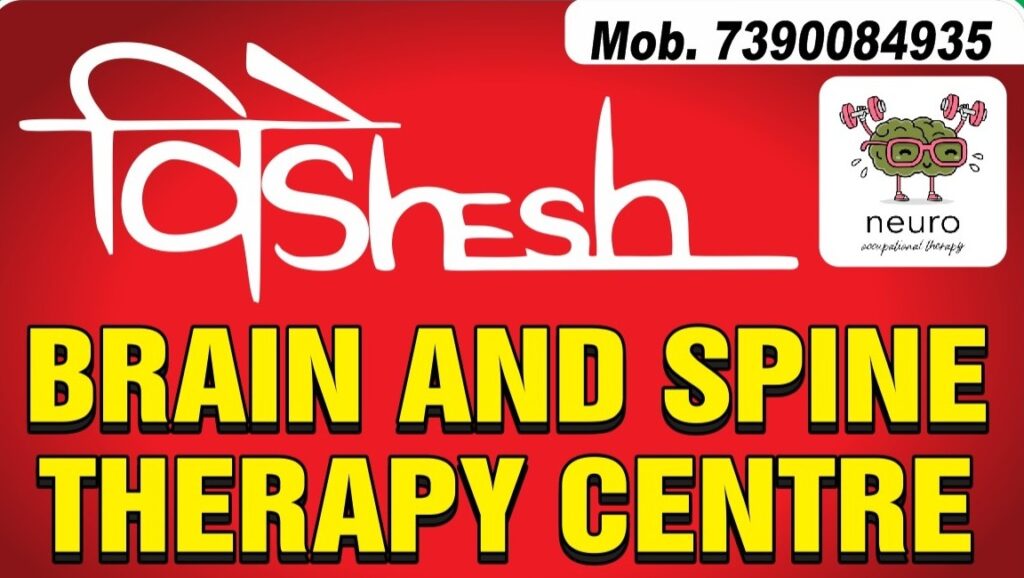Autism Spectrum Disorder (ASD): Overview
- A developmental disorder that affects communication, behavior, and social interactions.
- An autistic child may have difficulties understanding sensory input.
Consult an Occupational therapy specialist to know more about autism spectrum disorder.
Key Characteristics Of Autism Spectrum Disorder
- Difficulty with social interactions
- Repetitive behaviors
- Non-verbal/delayed speech
- Unusual sensitivity to sensory stimuli
- Limited interests/intense focus on a single topic
- Challenges in understanding non-verbal cues
- Resistance to changes in routine
Consult a medical professional promptly if your child exhibits any of these characteristics.
Sensory Integration Therapy: How It Benefits Autism
- Enhances sensory processing
- Boosts social interactions
- Reduces distress from stimuli
- Supports daily functioning
- Promotes cognitive development.
Sensory integration therapy helps children with autism learn to use all their senses together – touch, smell, taste, sight and hearing.
What Does Sensory Integration Therapy Involve?
– Assessment by an occupational therapist
– Engaging activities that stimulate sensory responses
– Focus on balance, physical movement
– Involves swinging, bouncing, climbing
– Part of comprehensive programs
– Complements communication, behavior, educational therapies
– Emphasizes early intervention and personalized therapy plans for optimal outcomes.
FAQ: Can Sensory Integration Cure Autism?
- Not a cure, but support
- Enhances quality of life
- Addresses sensory dysfunctions
- Complementary to other treatments
- Focuses on capability, not ‘fixing.’
Sensory integration therapy core focus is addressing sensory dysfunctions to enhance the quality of life.


